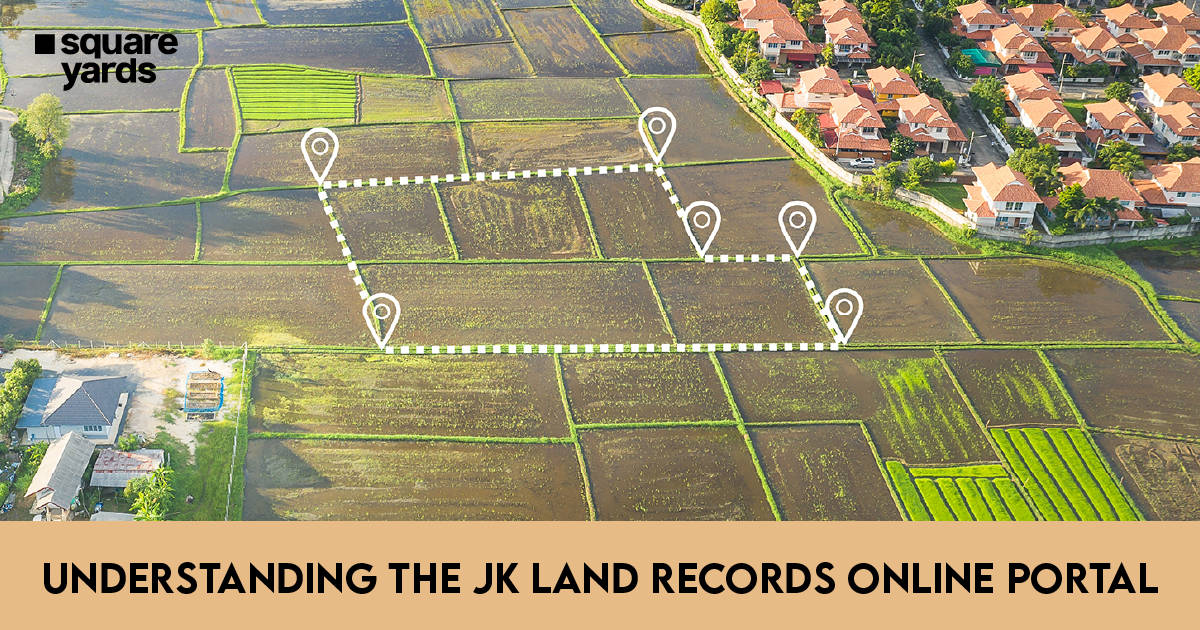Fahrenheit and Celsius are the two main units used to denote the temperature and make accurate weather forecasts. However, the usage of these units is not uniform for all parts of the world. This makes it very important to know how to convert these two units of temperature. Even though it may seem like a truly daunting task, we assure you that it is actually quite easy. In this blog, we will take a look at how to convert Fahrenheit to Celsius, the conversion formula, and a few examples to help you along the way.
Table of contents
What is Fahrenheit?
Fahrenheit (°F) can be defined as a unit of temperature measurement that was mainly used before the introduction of metrication. Currently, it is defined by two constant points: the freezing and the boiling point of water. This holds true for water at sea level as well as under standard atmospheric conditions. The difference between the freezing and boiling point has been further bifurcated into 180 equal parts.
History of Fahrenheit
The Fahrenheit Scale System was first introduced in 1724 by the renowned German physicist Daniel Gabriel Fahrenheit. This theory was initially based on an equal mixture of ice and salt selecting 30°F as the freezing point of water, whereas 90°F was set to be the normal body temperature. The scale was later adjusted for the melting point of ice to set at 32°F, and the normal body temperature was set at 96°F.
These values were chosen to simplify the marking he made on the instruments. The difference between the degrees enabled him to divide the levels into 6 equal parts. Later, when the boiling and freezing points of water were used as fixed reference points, the scale was modified in such a way that there were 180 degrees separating both the reference points. This meant that the normal body temperature was set at 98°F, instead of the previous 96°F.
Current Use of Fahrenheit
Until the 1960s, the Fahrenheit scale was mainly used in English-speaking countries. Currently, most countries in the world use the Celsius scale instead of the Fahrenheit scale, many of them made the changes during the shift to the metric system. However, the original system is still being used officially in a number of different countries like the USA, Bahamas, Belize, and the Cayman Islands.
What is Celsius?
The Celcius (°C), is the SI unit for the measurement of temperature; it is derived from the original SI unit of temperature, Kelvin. The Kelvin and Celsius scale are very closely related, a one-degree change in Celsius is equal to a one-degree change in Kelvin. The definition of Kelvin is derived from the Boltzman constant, which is equivalent to 1.380649 × 10-23 when it is denoted in J·K-1. The units of the kilogram, second, and meter are derived based on Planck’s constant.
History of Celsius
Until 1954, the celsius system scale was based on the theory that the freezing point of water is 0°C and the boiling point of water is 100 °C. However, this was not always the case, previously the boiling point of water was set at 0°C, and 100 °C was adopted as the melting point of snow. The Celsius scale and unit of measurement were not accepted globally until the original definition was reversed.
In 1954, the SI unit, as well as the scale system, were reintroduced to be based on the value of absolute zero. This was the main definition that was widely used till 2019 until Kelvin was modified based on the definition of the kilogram, meter, and second.
Current Use of Celsius
The Fahrenheit scale system was substituted with the Celsius scale system during the mid-20th century. The majority of countries in the world have adopted this scale, apart from many other countries where the metric system hasn’t been formally accepted. However, in these countries, Celsius is still mainly used in the scientific sector, just not for everyday reference purposes.
Fahrenheit to Celsius Conversion Formula
Knowing how to convert these two units of temperature is very important, especially if you work in the scientific field. The conversion process is actually pretty straightforward if you know what formula to apply:
C = 5/9 x (F-32)
In this context, C stands for Celsius, and F stands for the temperature in Fahrenheit.
Fahrenheit to Celsius Conversion Process
Once you know what formula to use, the conversion process from Fahrenheit to Celsius is pretty easy. All you need to do is follow the below-given steps:
- Subtract 32 from the temperature in Fahrenheit.
- Multiply the result by five.
- Then divide the number by nine.
Fahrenheit to Celsius Conversion Examples
Let’s understand the conversion process of Fahrenheit to Celsius a little better with the help of some examples:
Example 1: Convert 50 Degrees Fahrenheit to Celsius
C= 5/9 x (50-32)
= 5/9 x 18
= 10
Example 2: Convert 60 Degrees Fahrenheit to Celsius
C= 5/9 x (60-32)
= 5/9 x 28
= 15.5556
Example 3: Convert 65 Degrees Fahrenheit to Celsius
C= 5/9 x (65-32)
= 5/9 x 33
= 18.3333
Example 4: Convert 72 Degrees Fahrenheit to Celsius
C= 5/9 x (72-32)
= 5/9 x 40
= 22.2222
Example 5: Convert 77 Degrees Fahrenheit to Celsius
C= 5/9 x (77-32)
= 5/9 x 45
= 25
Example 6: Convert 90 Degrees Fahrenheit to Celsius
C= 5/9 x (90-32)
= 5/9 x 58
= 32.2222
Example 7: Convert 100 Degrees Fahrenheit to Celsius
C= 5/9 x (100-32)
= 5/9 x 68
= 37.7778
Example 8: Convert 200 Degrees Fahrenheit to Celsius
C= 5/9 x (200-32)
= 5/9 x 168
= 93.3333
Example 9: Convert 350 Degrees Fahrenheit to Celsius
C= 5/9 x (350-32)
= 5/9 x 318
= 176.667
Example 10: Convert 375 Degrees Fahrenheit to Celsius
C= 5/9 x (375-32)
= 5/9 x 343
= 190.556
Don’t miss It!
| Pounds to KG | Pounds to Kilogram Conversion: Conversion Table, Examples |
| Celsius to Fahrenheit | How to Convert Celsius to Fahrenheit: Formula & Examples |
| Celsius to Kelvin | How to Convert Celsius to Kelvin: Formula & Examples |
| Decimal to Sq Feet | How to Convert Decimal to Square Feet: Formula & Examples |
| CM to ft Inch | How to Convert cm to ft inch: Formula & Examples |
| Ounces to ml | How to Convert Ounces to ml: Formula & Examples |
| Liter to Gallon | How to Convert Liter to Gallon: Formula & Examples |
| Sq CM to Sq M | How to Convert Sq CM to Sq M: Formula & Examples |
Relationship between Fahrenheit and Celsius
The relationship between Fahrenheit and Celsius is not very difficult to understand. The value of Fahrenheit is directly proportional to the value of Celsius.
- When the Celsius scale temperature increases, the Fahrenheit scale temperature will also increase.
- When the Celsius scale temperature decreases, the Fahrenheit scale temperature will also decrease.
Both these temperature scales have their own measurement methods. The Fahrenheit scale is derived by assuming 32 °F as the freezing point of water, and 212 °F as the boiling point of water.
Fahrenheit to Celsius Conversion Chart
| Temperature in Fahrenheit (°F) | Temperature in Celsius (°C) |
| -459.67 °F | -273.15 °C |
| -50 °F | -45.56 °C |
| -40 °F | -40.00 °C |
| -30 °F | -34.44 °C |
| -20 °F | -28.89 °C |
| -10 °F | -23.33 °C |
| 0 °F | -17.78 °C |
| 10 °F | -12.22 °C |
| 20 °F | -6.67 °C |
| 30 °F | -1.11 °C |
| 32 °F | 0 °C |
| 40 °F | 4.44 °C |
| 50 °F | 10.00 °C |
| 60 °F | 15.56 °C |
| 70 °F | 21.11 °C |
| 80 °F | 26.67 °C |
| 90 °F | 32.22 °C |
| 98.6 °F | 37 °C |
| 100 °F | 37.78 °C |
| 110 °F | 43.33 °C |
| 120 °F | 48.89 °C |
| 130 °F | 54.44 °C |
| 140 °F | 60.00 °C |
| 150 °F | 65.56 °C |
| 160 °F | 71.11 °C |
| 170 °F | 76.67 °C |
| 180 °F | 82.22 °C |
| 190 °F | 87.78 °C |
| 200 °F | 93.33 °C |
| 212 °F | 100 °C |
| 300 °F | 148.89 °C |
| 400 °F | 204.44 °C |
| 500 °F | 260.00 °C |
| 600 °F | 315.56 °C |
| 700 °F | 371.11 °C |
| 800 °F | 426.67 °C |
| 900 °F | 482.22 °C |
| 1000 °F | 537.78 °C |
FAQ’s about Fahrenheit to Celsius Conversion
Q1. What is the Fahrenheit to Celsius Formula?
The formula for converting Fahrenheit to Celsius is C = 5/9 x (F-32).
Q2. Why are Fahrenheit and Celsius used?
The Fahrenheit and Celsius scale systems are mainly used for measuring temperatures and making weather forecasts. The Fahrenheit scale is mostly used in America, while other countries follow the Celsius scale system.
Q3. How to convert Fahrenheit to Celsius?
Any temperature in Fahrenheit can be converted to Celsius by using the formula C = 5/9 x (F-32). All you need to do is subtract 32 from the value of Fahrenheit. Then multiply the result by 5. And then divide the result by 9 to get to the result.



















































